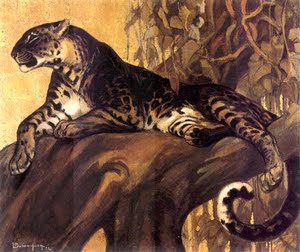
Be sure your child is instant with the 1st 300 sight words. (My books or download. All lists are the same.)
Help your child remember how to add word endings, called suffixes (ed, ing, er, est, etc) and bits on the front of a word, called prefixes (in, re, un, mis, dis, etc.)
4th Grade is the year for learning the complex vowels: ous, ious, eous, uous, tion, cion, cian, sion, tian, tient, cient, tiate, ciate.
Let's review how to add a prefix. A prefix is always hooked onto the front of any word without change: re > reenter, mis > misspell, un > unneeded, dis > disservice, reuse, unused, misused, unreliable, etc.
Let's review how to add a suffix: You must know the vowels a, e, i, o, u, y. All other ABC letters are called consonants. These suffixes start with a vowel: ed, er, est, en, ing, y, able. These suffixes start with a consonant: s, ly, ful, less, ness, ment.
1st basic skill: add an ending (suffix) to words that end with e: use, escape, scare
When a suffix starts with a vowel - just trade one vowel for another vowel: use > used, using,
unusable, reusable, user and escape > escaped, escaping, inescapable,
inescapably (trade e for y: able > ably) and scare > scared, scaring, scary (Look: scar does
not end with e, scar is a short vowel word, double the r: scar >scarred, scarring, scars.)
When a suffix starts with a consonant, just hook it on: uses, useful, usefully, usefulness, useless, uselessly, careful, carefully, careless, carelessly
Heads up: words ending with ce and ge can trade i and y (spacing, spacy, edging, edgy) but keep ce and ge for other vowels (traceable, noticeable, knowledgeable).
2nd basic skill: Add a suffix to words that end with y: boy, buy, play or candy, hurry, sky. 1st look to see whether a vowel comes before y (boy) or a consonant (hurry).
Rule: When a vowel comes before y, just hook on any ending: boy > boys, buy > buys, buyer, buying. When a consonant comes before y:
add ing without change: hurrying, worrying, trying, denying, relying, testifying
change y to i for all other suffixes: hurried, tried, rely > reliable, deny > undeniable
s always becomes es: hurries, buries, worries, tries, sky > skies, spy > spies,
berry > berries, candy > candies, deny > denies, testify > testifies
3rd basic skill: Add a suffix to a short vowel word: stop, hop, scar, plan and pack, stick
Rule: When adding a suffix that starts with a vowel, double the last consonant of a short vowel word: stop > stopped, stopping, unstoppable Look: stops ( s is not a vowel)
**pack and stick are short vowel words but they already end with two consonants so there is no danger of changing the short vowel sound, thus no need to double the last consonant: pack > packed, packing, package, packs and stick > sticking, sticker, sticky, sticks
Or, add a suffix to a long vowel word: share, dream
share: remember the rule for words that end with e, trade one vowel for another vowel: share > sharing, shared, sharable Look: shares (s is not a vowel, just hook it on.)
dream - two vowels side-by-side means vowel e is already long so add any ending: dreaming, dreamer, dreamed, dreams, dreamy (dreamy > dreamiest change y to i for consonant + y)
I use eBay as my website. Search Instant Reading Help all my books will pop up. Look for your child's grade level or change y to i or add ed, ing or tion, tious, tient, ciate. This book covers all complex vowel combinations ous, uous, ious, eous, cial, tial, cious, tious, tient, cient, etc. It is actually fun. All books are brand new and include my contact info; email or call for help. Help your child have fun reading. Thank you, Mary Maisner





